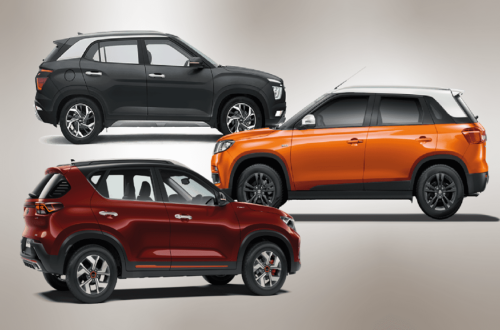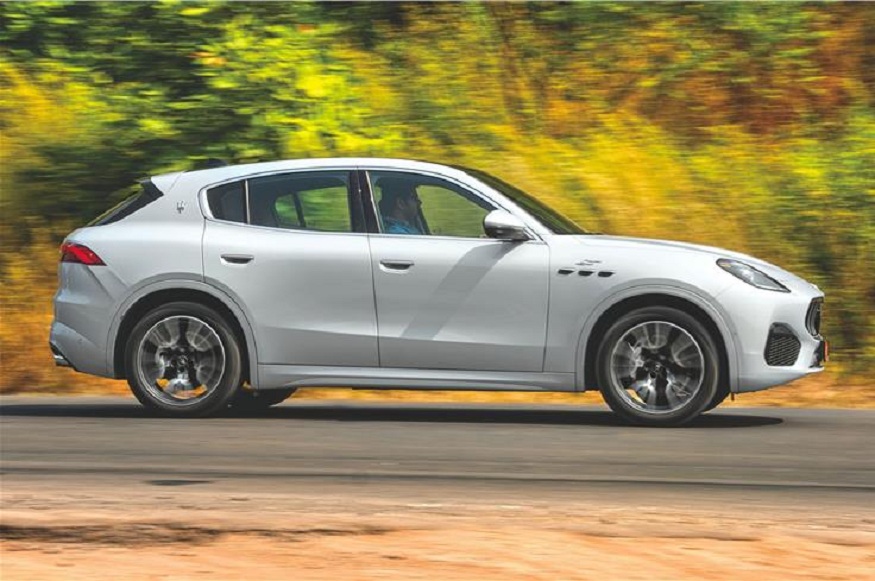After offering you buying guides to help you choose the right SUV , pick-up or minivan , we suggest you completely change size with minis, very small ones, tiny – but so popular – city cars!
Back in the 70s… Renault opened the city car ball with the legendary R5, reinvented a few years later with the Twingo quickly followed by the small Smart revolution, initiated by Swatch and Mercedes. Today, from evolution to evolution, the city car has adapted to the uses of users and, with equivalent (or almost) performance, it is becoming difficult to make a choice among all the models offered. We will therefore try to clear the ground a little with some advice to help you choose your city car.
The city car, the French people’s favorite car for over 10 years
According to the CCFA (Comité des Constructeurs Français Automobiles), city cars and sedans together represent 45% of new cars sold in France. This is a little more than the European average, which is around 40%. While in North America, city cars represent less than 10% of the market, in Japan or South Korea, the streets are populated with small cars, the famous kei cars!
City cars and sedans therefore represent the best-selling segment in France, just behind SUVs (CCFA data).
Cocorico of the day: In 2023, French brands have the lion’s share with the 3 historic manufacturers ( Renault , Citroën and Peugeot ) which place 6 of their models among the 10 best sellers in France. On the podium of city cars, each one has its own!
City dwellers of the cities, city dwellers of the countryside
But why such a craze for these small cars? Just ask city dwellers to receive a host of qualitative adjectives in response: easy to handle, practical, economical and affordable are those that come up most often, with the famous “ easy to park ” at the top, the unstoppable argument for this segment.
Buying a city car is therefore a choice of ease of use in the city but it is not a strictly urban choice. More and more buyers living in rural areas and/or concerned about the environmental impact of motorized travel are attracted by the low fuel consumption of these cars , by the efforts of manufacturers on the CO2 emissions side as well as by the appearance of new hybrid or electric city cars .
The qualities of city cars:
They are easy to park and maneuver with their small dimensions (2.50 to 3.60m for “mini-city cars” and up to 4.05m for “multipurpose” cars).
They claim reduced consumption given their light weight and limited power.
Driving in the city puts more strain on the mechanics of cars, so city cars require more regular but much less expensive maintenance.
Driving with an automatic gearbox is pleasant in the city and allows you to achieve real fuel savings . However, these are not very available in this segment.
In terms of safety , we are a long way from the R5s of our parents and grandparents… The standards imposed by the European Union make today’s vehicles much safer (ABS and ESP are now mandatory on all new vehicles).
The disadvantages of city cars:
Even though they are better equipped today , they are still among the lightest . The new generation of city cars is made of UHLE steel (ultra-high elastic limit) which improves their performance but keep in mind that you will still be less well protected than in a sedan, SUV or other, in the event of an impact.
The trunk is not very bulky.
Performance remains modest and powerful engines are rarely found except for a few “sporty” models.
Modernity has a cost. The equipment of city cars is getting closer and closer to that of a sedan and means that the entry price is sometimes high for such a small car without having the comfort.
Choosing the right city car for driving in the city, but not only that…
If your priority is your commitment to the planet , consider the hybrid city car or the electric city car .
Finally, if you are looking for a better equipped city vehicle ; if you need a little more space in the trunk and the passenger compartment or a 5-door. The versatile city car is a good compromise.



